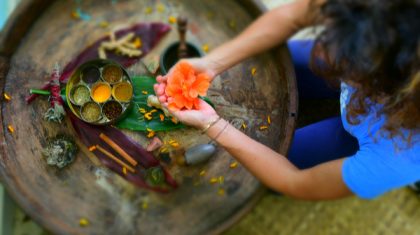Diabetes is known as Prameha disease in Ayurveda. In this blog, learn about ayurveda for diabetes. Prameha means the excessive secretion of diseased urine.
It is classified into two types :
- Sahaja Prameha – These are patients with prameha since birth or born to parents suffering with this disease.
- Apathya Nimitaja Prameha– This is manifested in patients with bad eating habits and lifestyle leading to aggravation of your doshas (one of the 3 substances in a person’s body- Vata, Pitta and Kapha).
Enjoying sedentary lifestyle habits, excessive sleep, excessive use of milk preparations, drinks containing alcohol, and excessive meat are all Kapha aggravating factors and are responsible for causing Prameha (diabetes).
Pathogenesis
The above-mentioned causative factors or hetu further aggravate kapha, which impairs the quality of meda (fat), mamsa (muscle tissue) and kleda (liquid dhatus).
These factors then transform into urine, while kapha obstructs urinary channels.
Excessive intake of cold and pungent things, staying up late at night, stress and anxiety, and suppression of urges for urine are also aggravating factors.
Aggravated vata dosha draws muscle fat, lymph and ojas to the channels carrying urine. Excretion of ojas through the urinary bladder is known as Madhumeha (Diabetes mellitus) in Ayurveda.
Poorva Rupa/Symptoms
- Sweet taste in mouth
- Excessive sleep & continuous drowsiness
- Dryness in and around the mouth
- Numbness & burning sensation in hands & feet

Ayurveda for Diabetes: Tips
Aahar/Diet Changes:
- Avoid or limit foods that can aggravate doshas.
- Opt for diets that pacify Kapha. These include preparations of barley, millets, honey and low fat milk.
- Avoid heavy, oily and cold foods on a regular basis.
Lifestyle Changes:
- Increase your daily physical activity.
- Meditation is beneficial for overall stress management
Read More: Best Ayurvedic Home Remedies for Diabetes
Apart from changes in your diet and lifestyle modification, also start the practise of self-sugar monitoring for better understanding of your body and its adaptation to your lifestyle practices. Invest in a glucometer which can help you do exactly this.





